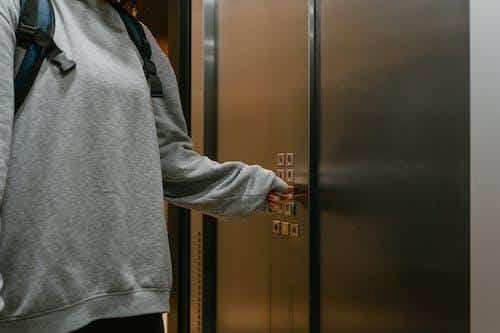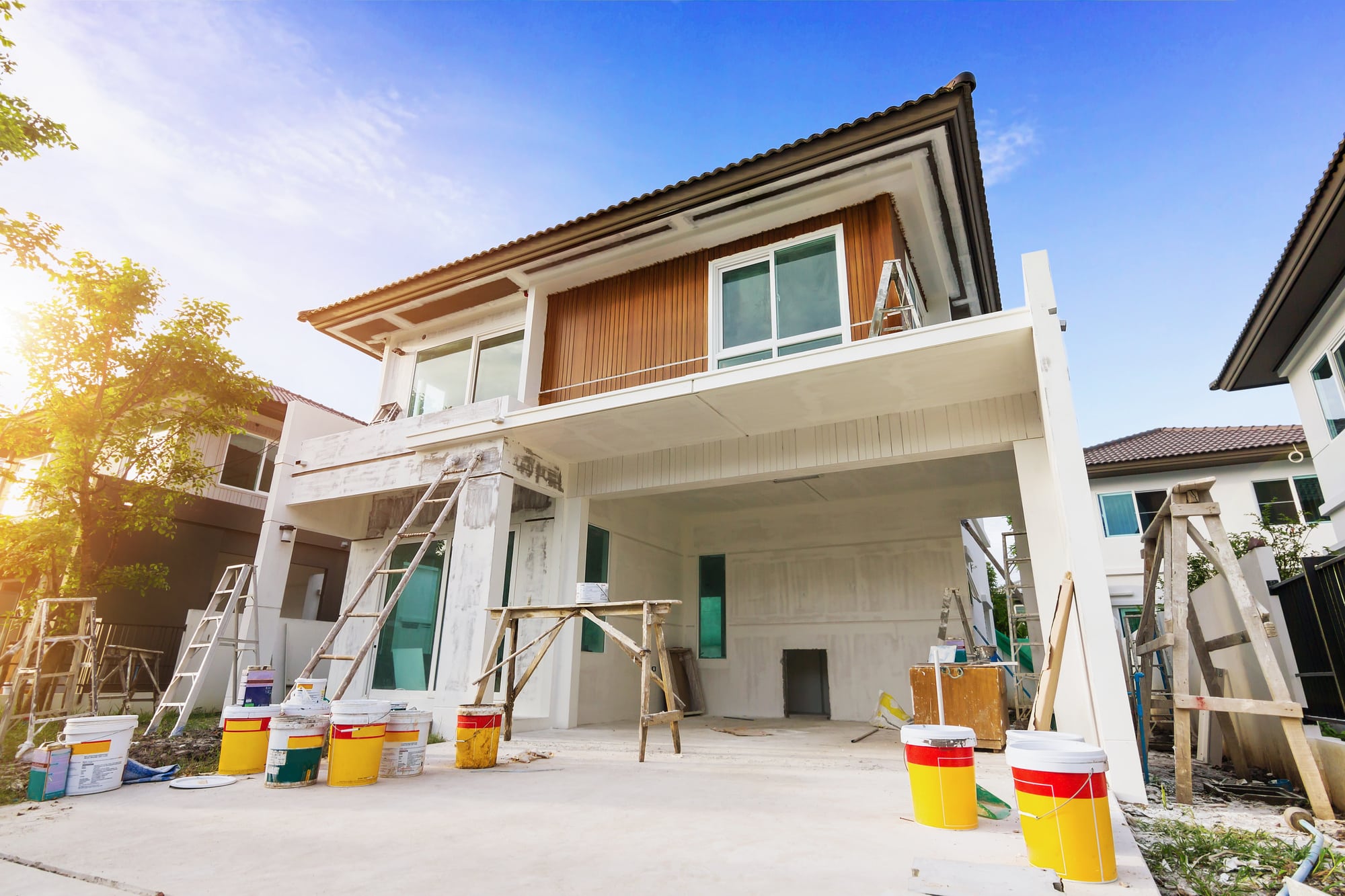Pros and Cons of Home Elevator Installation
Having an elevator installed in your home is a big step, so it’s important to consider both the pros and the cons of this decision. Of course, the ultimate deciding factor could simply be your preferences. If your mind is made up that you really want a home elevator installation, then any potential disadvantages probably won’t outweigh the advantages. Even so, it’s best to stay informed on a decision like this. That being the case, here are the main pros and cons of installing a home elevator.
Pros
Some of the advantages of residential elevators apply to everyone, while others only apply to people in certain circumstances. However, there’s no doubt that the benefits are considerable; this is why residential elevators make such a valuable addition to multi-story homes!
- They promote safety
The majority of injuries that happen within residences consist of slips, trips, and falls. If the residence happens to be two or more stories high, those accidents are likely to take place on the stairs. This can happen with people of any age, but especially the very young and the elderly. If a home elevator is installed, this can significantly reduce traffic along the stairs, as well as associated accidents.
- They improve mobility
People with disabilities may have a hard time navigating stairs. If they’re in a wheelchair, they may not even be able to access the upper parts of their own house. Even if they don’t have severely impaired mobility, they could still have trouble staying safe and pain-free while going up and down a staircase. This wouldn’t completely prevent them from navigating the entire house, but it would make the process pretty unpleasant. With an elevator, on the other hand, getting to another floor of the house would take a matter of seconds – and it could be done at the push of a button. Not only would this mean that they could enjoy using the entire house again, but they also wouldn’t have to deal with the inconvenience and pain of taking the stairs.
- They add value to the house
Making improvements or additions to a home, car, or any other asset can be hit-and-miss in terms of value for money. For example, $2,000 spent on modifications to a car will probably only raise its value by a few hundred dollars. However, if you spend $30,000 on a residential elevator, the value of your home will be raised by at least that much. Home elevators are a relatively unusual feature, but they’re very desirable to the average home buyer. If a potential buyer walks into your house and spots the elevator, they could be even more motivated than before to move forward with the purchase. It’s smart to think about how this type of expense could affect the future value of the home; in this case, the value will certainly increase.
- They’re more convenient
Stairs are a necessary part of the average multi-story house, but they can also be a nuisance. If you’re tired, carrying something heavy, or pressed for time, having to go up and down the stairs can stress you out more than they should. An elevator, on the other hand, eliminates the effort it would normally take to move between floors. In fact, going up or down a home elevator could actually give you the chance to catch your breath and collect your thoughts. Even if you don’t need a break from something that’s on your mind, it’s simply more convenient to be able to push a button and find yourself on a different floor.
Cons
Although residential elevators bring many benefits, there are also some disadvantages that are important to consider.
- They depend on electricity
Even the most reliable power grid comes with a small risk of outages. If that happens while you’re in a home elevator, you could be stuck there until power is restored, or until someone comes to get you out. Fortunately, it’s possible to prevent this from happening by installing a backup generator. However, not everyone takes this step, and they may run into issues down the line.
- They encourage a sedentary lifestyle
People are usually healthiest when they maintain a certain baseline of physical activity. It doesn’t have to be much, but even so, most people don’t get enough. If they’re going up and down the stairs multiple times per day, that can make a positive difference in their activity levels. However, if they have the option to take the elevator instead, they’ll miss out on the light exercise that the stairs provided. It’s great to have the convenience of a home elevator, but it can also have a small negative effect on a person’s activity levels.
- They’re expensive to install
This may be one of the main barriers to installing a home elevator, as the process costs tens of thousands of dollars. The total cost will depend on several different factors, such as the type of elevator that’s installed, how many customizations are added, whether or not a shaft has to be built, and so on. If possible, it’s best to install a home elevator while a house is being constructed. This will save a significant amount of money, since the installation team won’t have to take out walls, work around load-bearing structures, etc. Even so, the price tag will still be pretty large, and that’s just for the initial installation. The elevator will also have to be maintained, and potentially repaired at some point. If the same residents are still living in the house by the time the elevator has to be replaced, they’ll have to either get a new one installed, or simply stop using the old one.
Would you install a residential elevator in your home?
There are many reasons to get a residential elevator installed, as well as a few reasons not to do it. If you decide that it’s time to get an elevator in your house, you’ll have to devote plenty of time, effort, and money to the process – but the results will definitely be worth it.








One Comment